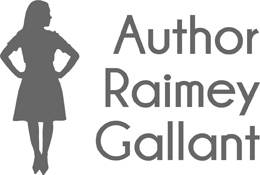While reading The Trouble with Goats and Sheep, I noticed that the author Joanna Cannon is a bit of a genius when it comes to lending physical traits to abstract concepts. To recap, metaphors are comparisons between two things, whether abstract or concrete, that share at least one commonality, whether abstract or concrete. Click the title above to continue reading.
Tag: metaphorical language
The value in reworking your metaphors #AuthorToolboxBlogHop
Have you ever noticed, when reading a metaphor, that the idea is solid, but the execution hasn’t quite hit the mark? And when I say metaphor, I’m referring to all subcategories of metaphorical language (simile, metaphor personification, etc.) For this post, I’ve decided to take early drafts of some of my own metaphors from my current novel, describe what wasn’t working, and then you can compare it to the revision. My hope is that this will help other writers identify issues with their own metaphorical language and rework accordingly. Click the title above to continue reading.
How to vary your syntactic use of metaphor #AuthorToolboxBlogHop
I noticed recently that Sylvia Plath, in her novel The Bell Jar, favored verbs as delivery vehicles for metaphor. Don’t get me wrong; the woman could work a metaphor along the syntactic spectrum, but the verbs really stuck out for me, and it occurred to me that in my own work, which contains a fair amount of metaphorical language, I hadn’t yet mastered Plath’s skill with verbal metaphors. Hence, this post in which I workshop one metaphorical image using different parts of speech and different phrase types. Click the title above to continue reading.



